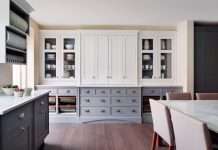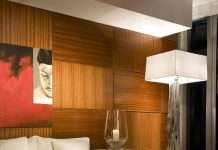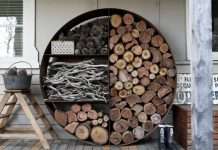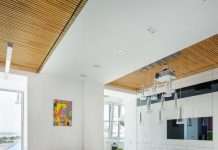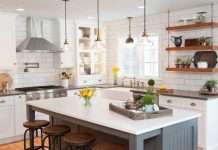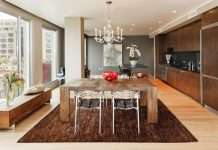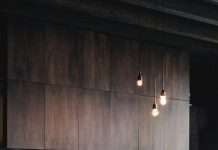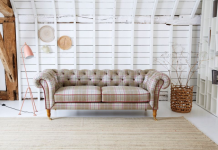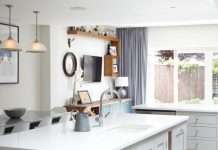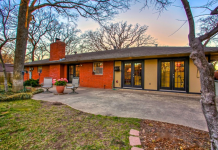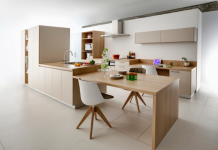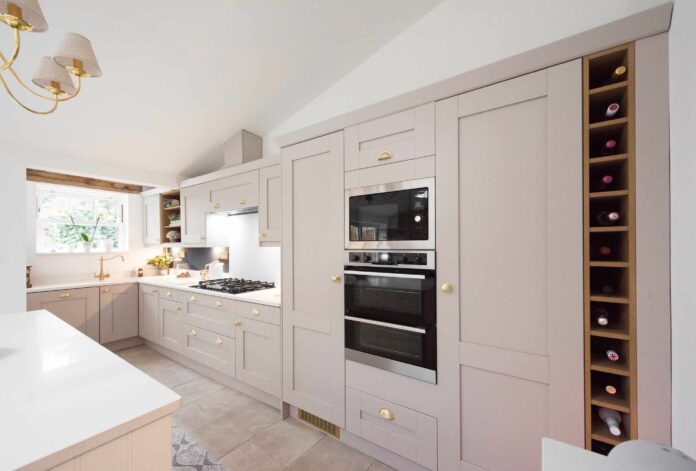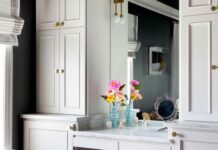Home renovations are rarely a guaranteed win. While some upgrades can increase property value and enhance your lifestyle, others are little more than money sinks that won’t impress future buyers. According to interior designers, there are several popular improvements that simply aren’t worth the cost. This isn’t about avoiding upgrades altogether—it’s about prioritizing where you invest your money for the greatest return.
Luxury Bathroom Fixtures: Skip the Spa
The allure of a spa-like bathroom is strong, but splashing out on waterfall showerheads or high-end bathtubs is often a waste. Designer Colleen Bennett argues that more affordable alternatives—like strategically placed candles or a simple showerhead replacement—can achieve a similar upscale feel without the hefty price tag.
The Bottom Line: Expensive fixtures don’t automatically translate to increased home value. Installation and maintenance costs can easily outweigh any perceived benefits, especially if you’re planning to sell.
Expensive Smart Home Systems: Tech Obsolescence
Smart home technology is rapidly evolving, making large-scale investments risky. Interior designer Carolyn Cerminara warns that today’s cutting-edge systems can quickly become outdated. Future buyers might find complex setups confusing or simply prefer something simpler.
Instead: Focus on essential smart features like thermostats, lighting controls, and basic security systems. These provide tangible benefits—such as energy efficiency—without overwhelming potential buyers with unnecessary tech.
Swimming Pools and Water Features: A Maintenance Nightmare
Swimming pools and elaborate water features often come with hidden costs. Both Bennett and Cerminara agree that these upgrades can lead to expensive maintenance, limited usability (depending on your climate), and a disproportionately low return on investment.
The Alternative: Invest in landscaping and existing outdoor spaces. These upgrades are more versatile, add genuine value, and create a welcoming outdoor environment without the extravagance of a pool.
Over-Customized Built-Ins: Limiting Flexibility
Highly specialized built-in features—such as desks designed for specific hobbies—can deter potential buyers. Bennett explains that these designs may not appeal to a broad audience and can be costly to remove or remodel.
The Lesson: While personalization is fine, avoid permanent renovations that cater to niche interests if you anticipate selling your home.
Luxury Kitchen Appliances: Function Over Flash
Kitchens are a focal point for buyers, but luxury appliances aren’t always the deciding factor. Bennett points out that most buyers prioritize layout and cabinetry over premium brands. High-end appliances can also become outdated quickly, making them a poor long-term investment.
Focus On: Ensuring existing kitchen fixtures are in excellent condition before considering expensive upgrades. A well-maintained, functional kitchen is far more appealing than a flashy but impractical one.
In conclusion, home upgrades should be strategic. Designers advise skipping unnecessary luxuries and focusing on improvements that offer real value, both financially and practically. Prioritizing functionality, simplicity, and broad appeal will yield a better return than chasing fleeting trends.














